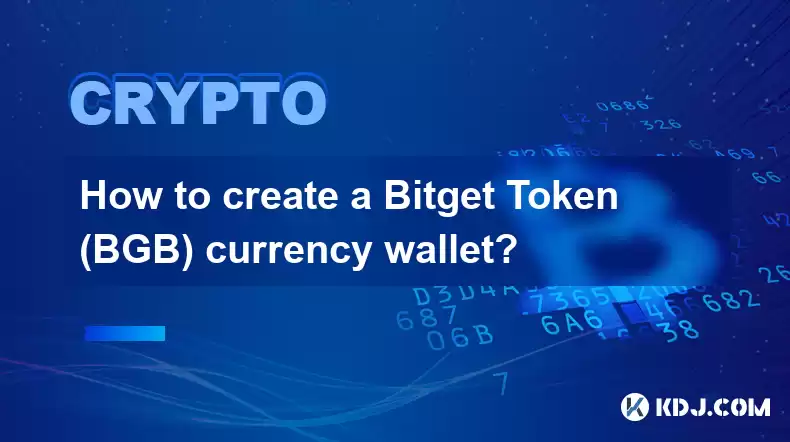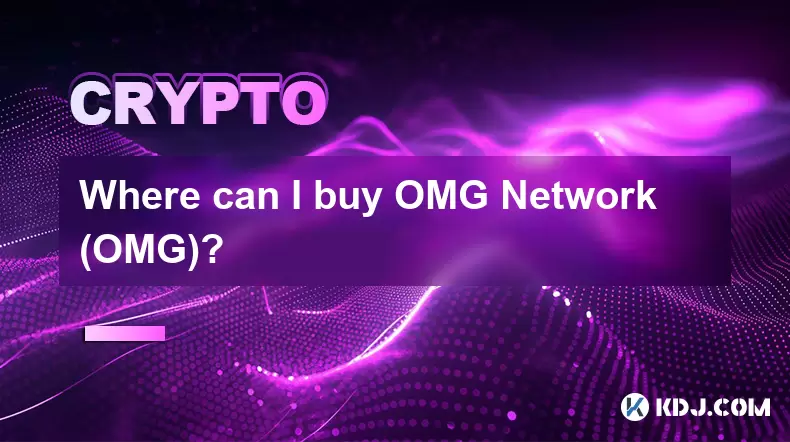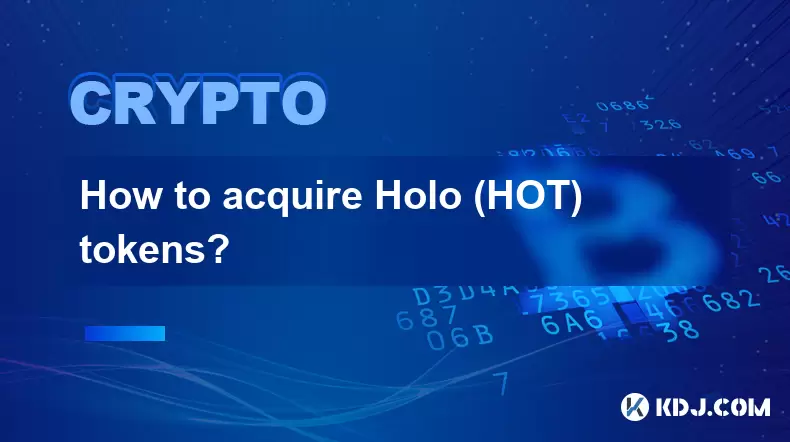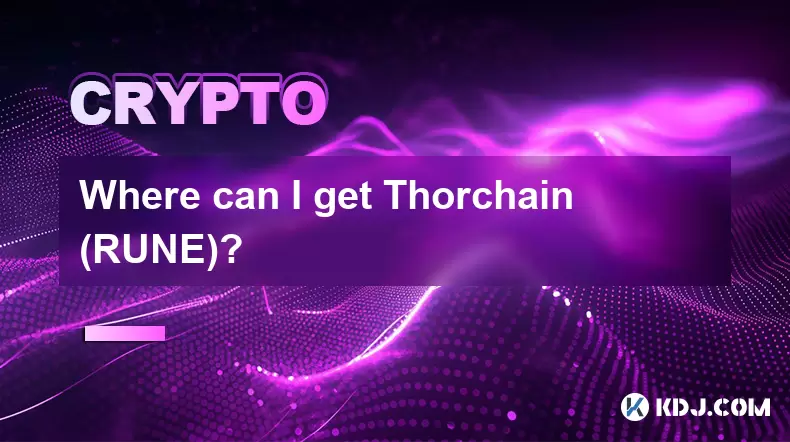-
 Bitcoin
Bitcoin $116800
0.06% -
 Ethereum
Ethereum $3916
2.20% -
 XRP
XRP $3.333
8.10% -
 Tether USDt
Tether USDt $1.000
0.02% -
 BNB
BNB $789.3
1.45% -
 Solana
Solana $177.6
2.58% -
 USDC
USDC $0.0000
0.02% -
 Dogecoin
Dogecoin $0.2232
4.03% -
 TRON
TRON $0.3384
0.01% -
 Cardano
Cardano $0.8005
4.26% -
 Stellar
Stellar $0.4651
11.58% -
 Hyperliquid
Hyperliquid $41.38
5.34% -
 Sui
Sui $3.828
2.87% -
 Chainlink
Chainlink $19.41
11.81% -
 Bitcoin Cash
Bitcoin Cash $581.4
0.02% -
 Hedera
Hedera $0.2623
3.12% -
 Avalanche
Avalanche $23.50
3.00% -
 Ethena USDe
Ethena USDe $1.001
-0.04% -
 Litecoin
Litecoin $121.8
0.85% -
 UNUS SED LEO
UNUS SED LEO $8.986
0.38% -
 Toncoin
Toncoin $3.359
1.47% -
 Shiba Inu
Shiba Inu $0.00001293
2.14% -
 Uniswap
Uniswap $10.61
4.95% -
 Polkadot
Polkadot $3.917
3.45% -
 Dai
Dai $1.000
-0.01% -
 Bitget Token
Bitget Token $4.461
1.26% -
 Cronos
Cronos $0.1516
2.47% -
 Monero
Monero $265.7
-5.07% -
 Pepe
Pepe $0.00001118
2.72% -
 Aave
Aave $283.4
3.76%
How to create a Bitget Token (BGB) currency wallet?
Creating a Bitget Token (BGB) currency wallet is a convenient and secure process, empowering users to store, trade, and participate in the vibrant Bitget ecosystem.
Dec 24, 2024 at 12:53 pm

Key Points
- Steps to create a Bitget Token (BGB) currency wallet
- Compatible devices and wallet types
- Security considerations for BGB wallets
- Benefits and uses of BGB wallets
- FAQs on Bitget Token (BGB) currency wallets
How to Create a Bitget Token (BGB) Currency Wallet
Creating a Bitget Token (BGB) currency wallet is a straightforward process that can be completed in a few steps:
Step 1: Choose a Compatible Device and Wallet Type
BGB wallets are compatible with a range of devices, including smartphones, tablets, and computers. There are two main types of BGB wallets: hardware wallets and software wallets.
- Hardware wallets are physical devices that store your private keys offline, providing an extra layer of security.
- Software wallets are digital wallets that store your private keys on your device or in the cloud.
Step 2: Install a BGB Wallet
Once you have chosen a compatible device and wallet type, download and install a BGB wallet. There are numerous reputable BGB wallet providers available, such as:
- [Bitget Wallet](https://wallet.bitget.com/)
- [Trust Wallet](https://trustwallet.com/)
- [Binance Chain Wallet](https://www.binance.org/en/wallets/bnb-chain-wallet)
Step 3: Create a New Wallet
Upon installing the BGB wallet, you will be prompted to create a new wallet. Follow the on-screen instructions to:
- Choose a strong password.
- Generate a backup recovery phrase (for software wallets).
- Securely store your backup recovery phrase in a safe place.
Step 4: Add BGB to Your Wallet
To add BGB to your wallet, you will need a BGB address. You can generate a BGB address within your wallet by following these steps:
- Select "Receive" in your wallet.
- Copy the generated BGB address.
- Use a BGB exchange or other method to transfer BGB to your wallet address.
Security Considerations for BGB Wallets
It is crucial to prioritize the security of your BGB wallet to safeguard your funds. Here are some essential security measures to follow:
- Choose a reliable BGB wallet provider.
- Use a strong password and keep it confidential.
- Enable two-factor authentication (2FA) for added security.
- Regularly update your wallet software to address potential vulnerabilities.
- Store your backup recovery phrase in a secure offline location.
- Be cautious of phishing emails and suspicious websites that may attempt to trick you into revealing your private keys.
Benefits and Uses of BGB Wallets
BGB wallets provide numerous benefits and use cases:
- Secure storage of BGB tokens: BGB wallets securely store your BGB tokens, protecting them from unauthorized access.
- Convenient trading: BGB wallets allow you to easily trade BGB tokens on cryptocurrency exchanges.
- Staking: Some BGB wallets offer staking features, enabling you to earn passive income on your BGB holdings.
- Governance participation: BGB holders can participate in the governance of the Bitget ecosystem by voting on proposals.
- Access to Bitget ecosystem: BGB wallets provide access to various services and features within the Bitget ecosystem.
FAQs on Bitget Token (BGB) Currency Wallets
Q: What are the advantages of a hardware wallet over a software wallet?
A: Hardware wallets offer superior security by storing private keys offline, making them less vulnerable to hacking and theft.
Q: How do I recover my BGB wallet if I lose my device?
A: If you have a software wallet, you can recover it using your backup recovery phrase. For hardware wallets, you will need the recovery seed provided during the setup process.
Q: Is it safe to store my BGB tokens on an exchange?
A: Cryptocurrency exchanges provide varying levels of security. While some exchanges are reputable and secure, storing your tokens on an exchange introduces a third-party risk.
Disclaimer:info@kdj.com
The information provided is not trading advice. kdj.com does not assume any responsibility for any investments made based on the information provided in this article. Cryptocurrencies are highly volatile and it is highly recommended that you invest with caution after thorough research!
If you believe that the content used on this website infringes your copyright, please contact us immediately (info@kdj.com) and we will delete it promptly.
- BlockchainFX: The Crypto Presale Investors Can't Ignore
- 2025-08-08 19:10:12
- Pump.fun, Memecoins, Glass Full: Solana's Launchpad Wars Heat Up!
- 2025-08-08 18:50:12
- Crypto Market Heats Up: Altcoin Spree Drives Market Cap to $3.87T
- 2025-08-08 19:05:02
- Cardano (ADA) Price Gears Up: Open Interest Surges Amidst Key Resistance Retest
- 2025-08-08 19:15:42
- Bitcoin, Meme ICOs, and FOMO: Catching the Next Crypto Wave
- 2025-08-08 18:30:34
- OM, Investment, and Growth: Decoding the Latest Trends in Digital Assets
- 2025-08-08 18:30:34
Related knowledge

Where can I buy UMA (UMA)?
Aug 07,2025 at 06:42pm
Understanding UMA and Its Role in Decentralized FinanceUMA (Universal Market Access) is an Ethereum-based decentralized finance (DeFi) protocol design...

Where can I purchase Siacoin (SC)?
Aug 08,2025 at 11:14am
Understanding Siacoin (SC) and Its Role in the Sia NetworkSiacoin (SC) is the native cryptocurrency of the Sia decentralized cloud storage platform, a...

Where can I buy OMG Network (OMG)?
Aug 08,2025 at 12:57pm
Understanding OMG Network (OMG) and Its PurposeThe OMG Network, originally known as OmiseGO, is a layer-2 scaling solution built on the Ethereum block...

What exchanges support buying IOTA (MIOTA)?
Aug 07,2025 at 09:58pm
Understanding the Role of Private Keys in Cryptocurrency SecurityIn the world of cryptocurrency, private keys are the cornerstone of ownership and con...

How to acquire Holo (HOT) tokens?
Aug 08,2025 at 05:56am
Understanding Holo (HOT) and Its EcosystemHolo (HOT) is a cryptocurrency token associated with the Holo ecosystem, which is built on the Holochain fra...

Where can I get Thorchain (RUNE)?
Aug 08,2025 at 08:07am
Understanding the Role of Seed Phrases in Cryptocurrency WalletsA seed phrase, also known as a recovery phrase or mnemonic phrase, is a critical compo...

Where can I buy UMA (UMA)?
Aug 07,2025 at 06:42pm
Understanding UMA and Its Role in Decentralized FinanceUMA (Universal Market Access) is an Ethereum-based decentralized finance (DeFi) protocol design...

Where can I purchase Siacoin (SC)?
Aug 08,2025 at 11:14am
Understanding Siacoin (SC) and Its Role in the Sia NetworkSiacoin (SC) is the native cryptocurrency of the Sia decentralized cloud storage platform, a...

Where can I buy OMG Network (OMG)?
Aug 08,2025 at 12:57pm
Understanding OMG Network (OMG) and Its PurposeThe OMG Network, originally known as OmiseGO, is a layer-2 scaling solution built on the Ethereum block...

What exchanges support buying IOTA (MIOTA)?
Aug 07,2025 at 09:58pm
Understanding the Role of Private Keys in Cryptocurrency SecurityIn the world of cryptocurrency, private keys are the cornerstone of ownership and con...

How to acquire Holo (HOT) tokens?
Aug 08,2025 at 05:56am
Understanding Holo (HOT) and Its EcosystemHolo (HOT) is a cryptocurrency token associated with the Holo ecosystem, which is built on the Holochain fra...

Where can I get Thorchain (RUNE)?
Aug 08,2025 at 08:07am
Understanding the Role of Seed Phrases in Cryptocurrency WalletsA seed phrase, also known as a recovery phrase or mnemonic phrase, is a critical compo...
See all articles

























































































